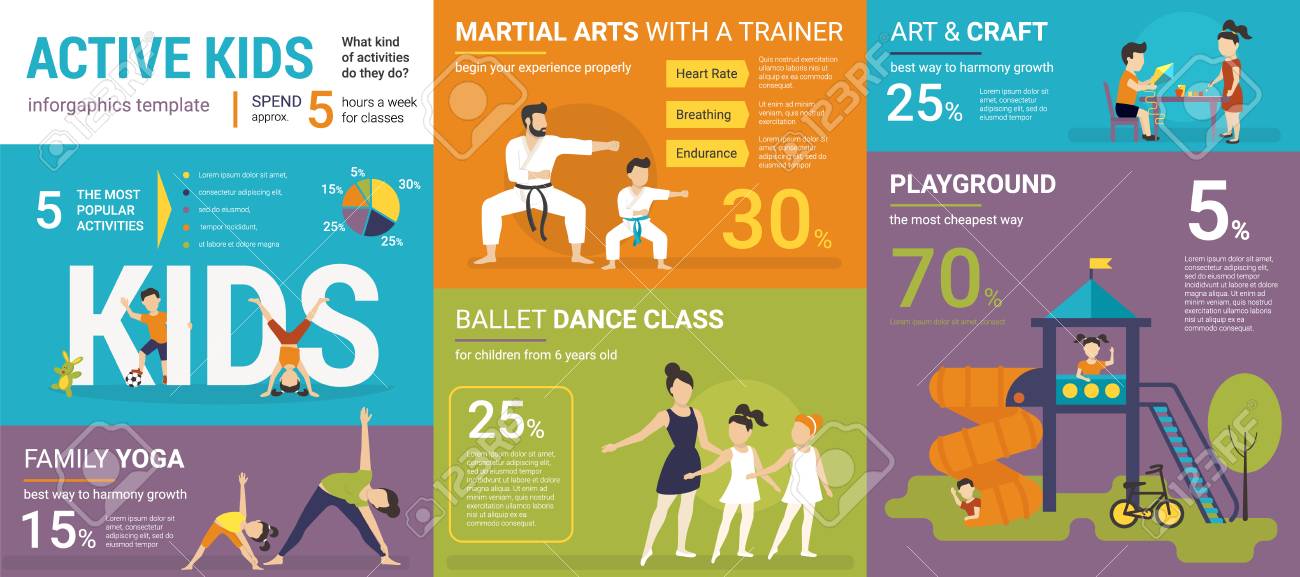The International Journey And Advancement Of Martial Arts Throughout History
The International Journey And Advancement Of Martial Arts Throughout History
Blog Article
Web Content By-Hess Workman
Martial arts have a remarkable history that spans centuries and continents. You might discover it interesting exactly how old practices like Shuai Jiao and Kalaripayattu laid the groundwork for modern battle techniques. These techniques not only emphasize physical abilities but also mirror the cultures that birthed them. As you explore their advancement, take into consideration exactly how globalization has transformed these typical types right into hybrid styles. What Read More On this page do you assume have formed today's martial arts landscape?
Ancient Martial arts: The Foundations of Battle
As you explore the globe of ancient martial arts, you'll uncover the rich structures that formed combat methods throughout societies. Very early methods concentrated on Self-Defense and survival, typically integrating strikes, hurting, and weaponry.
In ancient China, as an example, techniques like Shuai Jiao emphasized throws and joint locks, while India's Kalaripayattu showcased dexterity and fluid activity. Japanese samurai developed Kenjutsu, a polished swordsmanship that highlighted discipline and strategy.
These martial arts served not just for fight but also as a means of individual growth, instilling values like regard and willpower. The blending of these strategies with time prepared for the varied martial arts you see today, each showing the distinct ideologies and requirements of its society.
The Social Impact on Martial Arts Growth
While martial arts typically mirror the practical requirements of a society, they also embody the social worths and ideas of their beginnings. When you explore various martial arts, you'll notice just how they're affected by religious beliefs, viewpoint, and social norms.
As an example, the focus on respect and self-control in Japanese martial arts stems from Zen Buddhism and samurai culture. In contrast, Brazilian Jiu-Jitsu advertises adaptability and method, shaped by the requirement for performance in a varied, multicultural environment.
You could discover that the routines, attires, and training approaches reflect a neighborhood's history and identification. By recognizing these social influences, you strengthen your recognition of martial arts and their role in shaping human experiences across the globe.
Modern Adaptations and the Globalization of Martial arts
Martial arts have transformed significantly in current years, adapting to modern society and international influences. You'll discover that traditional kinds have combined with contemporary strategies, developing hybrid styles like MMA. These adaptations cater to varied target markets, making martial arts obtainable and attractive globally.
With the increase of social media and digital platforms, you can discover tutorials and competitors from all edges of the globe, breaking geographical obstacles. This globalization has brought about a common gratitude for various disciplines, from Brazilian Jiu-Jitsu to Taekwondo.
As you involve with these arts, you'll realize they're not just about combat; they promote fitness, technique, and psychological wellness.
Ultimately, modern adaptations have actually enriched the martial arts landscape, making it a vibrant and advancing method.
Verdict
In discovering the background and advancement of martial arts, you discover a remarkable mix of techniques, cultures, and viewpoints. From should my kid do martial arts like Shuai Jiao and Kalaripayattu to the contemporary flexibility seen in mixed martial arts, martial arts mirror humankind's mission for Self-Defense and individual development. As you involve with these practices, you not only obtain skills yet likewise a much deeper admiration for the varied practices that form our world today. So, proceed your journey and welcome the art of fight!
